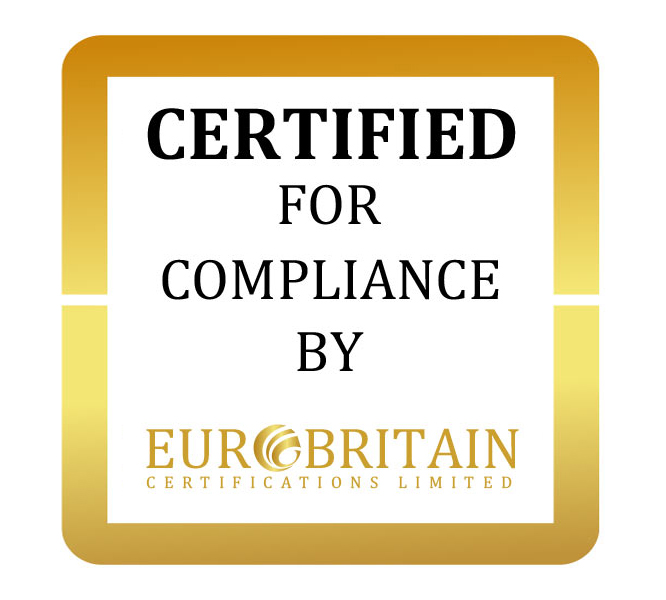
CE Marking: Passport for entry in Europe
A CE Marking is a European marking of conformity that indicates a product complies with the essential requirements of the applicable European laws or directives with respect to safety, health, environment and consumer protection. Generally, this conformity to the applicable directives is done through self-declaration. The CE Marking is required on products in the countries of the European Economic Area (EEA) to facilitate trade among the member countries. The manufacturer or their authorized representative established in the EEA is responsible for affixing the CE Marking to their product. The CE Marking provides a means for a manufacturer to demonstrate that a product complies with a common set of laws required by all of the countries in the EEA to allow free movement of trade within the EEA countries.
A product’s compliance with EU legislation
CE marking is a key indicator of a product’s compliance with EU legislation and enables the free movement of products within the European market. By affixing the CE marking on a product, a manufacturer is declaring, on his sole responsibility, conformity with all of the legal requirements to achieve CE marking and therefore ensuring validity for that product to be sold throughout the EEA, the 27 member states of the EU and European Free Trade Association countries – Iceland, Norway, Liechtenstein and Turkey. This also applies to products made in third countries which are sold in the EEA and Turkey. However, not all products must bear the CE marking. Only those product categories subject to specific directives that provide for the CE marking are required to be CE marked.
CE marking does not indicate that a product was made in the EEA, but merely states that the product is assessed before being placed on the market and thus satisfies the legislative requirements, eg a harmonised level of safety, to be sold there. It means that the manufacturer has verified that the product complies with all relevant essential requirements, eg health and safety requirements, of the applicable directive(s) or, if stipulated in the directive(s), had it examined by a notified conformity assessment body.
It is the manufacturer’s responsibility to:
- carry out the conformity assessment
- set up the technical file
- issue the EC Declaration of Conformity (DoC)
- affix CE marking on a product
Distributors must verify the presence of both the CE marking and the necessary supporting documentation. If the product is being imported from a third country, the importer has to verify that the manufacturer outside the EU has undertaken the necessary steps and that the documentation is available upon request.
Products that need CE marking
CE marking ensures the free movement of products that conform to the legislation – eg safety, health and environmental protection – within the European market and is a key indicator of a product’s compliance with EU legislation. CE marking is mandatory, but only for those products which are covered by the scope of one or more of the New Approach Directives. Even if your product is manufactured outside the EEA, you must ensure the product bears CE marking if your product comes under the scope of a Directive requiring CE Marking.
New Approach Directives obligations
New Approach Directives were introduced to ensure the free movement of goods throughout the European Single Market by harmonising product requirements.
Products that need a CE marking
Not all products sold in the EU need to bear CE marking. CE marking applies to products, ranging from electrical equipment to toys and from civil explosives to medical devices. Such products fall under one or more Directives which determine the specific requirements that the product must meet in order to be CE marked. The full list of these product categories is below:
- active implantable medical devices
- appliances burning gaseous fuels
- cableway installations designed to carry persons
- eco-design of energy related products
- electromagnetic compatibility
- equipment and protective systems intended for use in potentially explosive atmospheres
- explosives for civil uses
- hot-water boilers
- household refrigerators and freezers
- in vitro diagnostic medical devices
- lifts
- low voltage
- machinery
- measuring instruments
- medical devices
- noise emission in the environment
- non-automatic weighing instruments
- personal protective equipment
- pressure equipment
- pyrotechnics
- radio and telecommunications terminal equipment
- recreational craft
- safety of toys
- simple pressure vessels
The CE marking is not required for items such as:
- Chemicals
- Pharmaceuticals
- Cosmetics and Foodstuffs